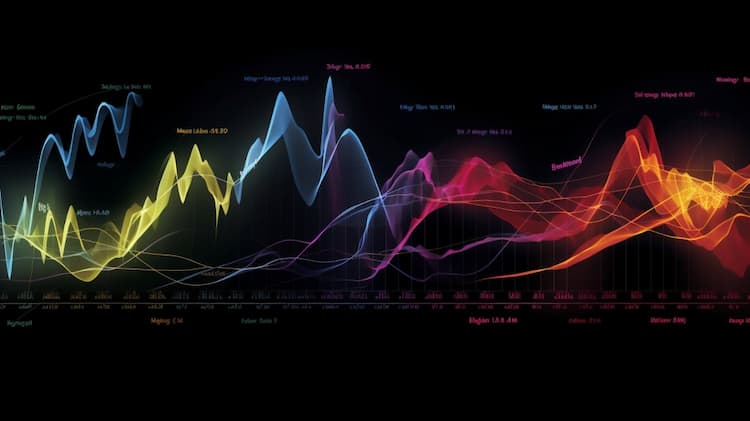
VTI VS VUG: A Comparison of ETFs
VTI Vs VUG: Overview
When it comes to Exchange Traded Funds (ETFs), two popular choices that frequently come up are the Vanguard Total Stock Market ETF (VTI) and the Vanguard Growth ETF (VUG). VTI aims to provide investors with broad exposure to the U.S. stock market, encompassing small-, mid-, and large-cap growth and value stocks. On the other hand, VUG focuses primarily on large-cap growth stocks. Both funds are managed by Vanguard, known for its low-cost indexing strategies.
VTI Vs VUG: Sectors and Top Holdings
Sector allocation is an essential factor to consider when choosing between VTI and VUG. VTI offers a balanced exposure to all sectors, including technology, healthcare, financials, and consumer discretionary, among others. This provides a well-diversified portfolio suitable for long-term investors.
VUG, by contrast, is heavily tilted towards sectors that typically exhibit higher growth, like technology and healthcare. Top holdings often include high-flying tech stocks like Apple and Microsoft, as well as healthcare giants like Johnson & Johnson. The focused nature of VUG may provide higher returns but comes with elevated sector-specific risks.
 VTI overlap VTI VS VUG: A Comprehensive Comparison of ETFs
VTI overlap VTI VS VUG: A Comprehensive Comparison of ETFs
VTI Vs VUG: Capitalization Strategy
Capitalization strategy is another critical component in the VTI Vs VUG comparison. VTI is designed to give investors exposure to the entire U.S. equity market, which includes small-, mid-, and large-cap stocks. This offers the advantage of diversification, as it encompasses different segments of the market which can react differently to economic conditions.
VUG, however, is focused on large-cap growth stocks. These are companies that are expected to grow at an above-average rate compared to other market participants. While the large-cap focus can offer stability and the growth component provides the potential for higher returns, it's essential to note that this strategy might be more volatile during market downturns.
VTI Vs VUG: Tracking and Exposure
Both VTI and VUG are known for their effective tracking of their respective indices. VTI aims to track the performance of the CRSP US Total Market Index, providing comprehensive coverage of the investable U.S. stock market. This means that when you invest in VTI, you are effectively investing in a broad swath of the U.S. economy.
VUG, however, aims to track the CRSP US Large Cap Growth Index. It offers targeted exposure to a segment of the market that traditionally offers the potential for higher returns, albeit at a higher risk. So, if you are looking for concentrated exposure to growth sectors, VUG may be a better fit for you.
Conclusion:
Both VTI and VUG come with their own sets of advantages and disadvantages. If you are looking for broad, diversified exposure to the U.S. stock market, VTI may be the better option for you. However, if you are more inclined towards large-cap growth stocks and are willing to take on a bit more risk for potentially higher returns, VUG could be the more suitable choice.
In the end, the decision between VTI Vs VUG will largely depend on your investment goals, risk tolerance, and desired market exposure. It's crucial to thoroughly evaluate both funds before making your investment choice.
VTI ETF issuer
VTI ETF official page
VTI quote and analysis
Discover the top holdings, correlations, and overlaps of ETFs using our visualization tool.
Our app allows you to build and track your portfolio.
To learn more about the VTI Vanguard Total Stock Market ETF, access our dedicated page now.






























